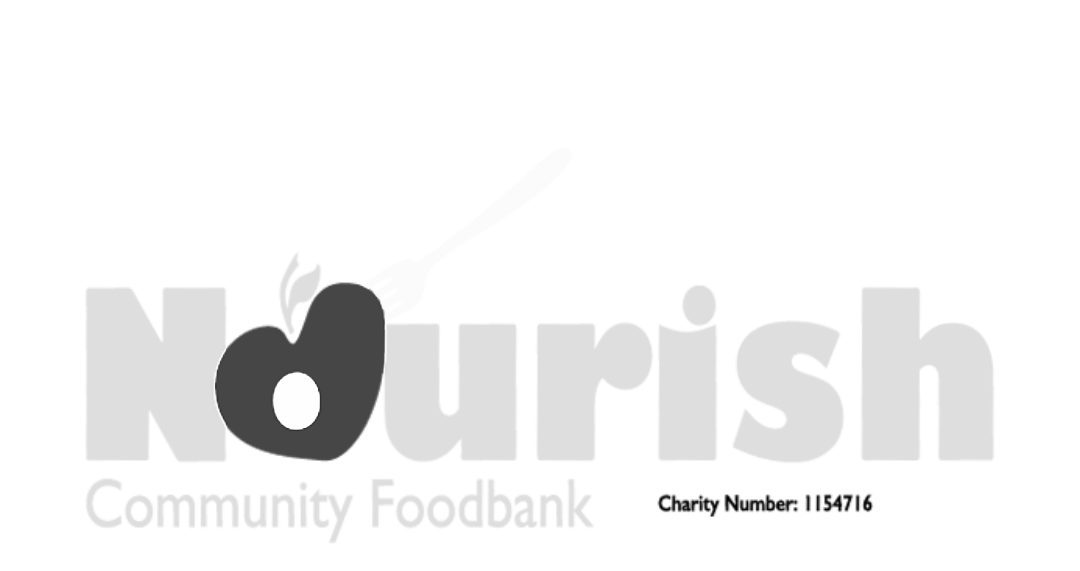Unwrapping Self Assessment Tax
Dividends – will there be an early Christmas present?
Self Assessment Tax returns are a bit like Christmas! A strange statement I know but as I wander around the shops it is obvious that Christmas has arrived even though there are still three months to go! As most of you know, the deadline for your tax form is the end of January but already some of us are getting prepared and gearing up for this – just like the high street stores for Christmas.
This, the first in a series of articles dealing with frequently asked questions about self assessment tax returns, will look at how tax on dividends has changed and what this will mean for you.
Historically dividends were paid with a notional 10% tax credit which meant that, for basic rate tax payers, dividends would not attract any income tax. This gave a very tax efficient mechanism to director owned companies for transferring funds from their businesses. A tax efficient salary using up the personal allowance could be paid with the remaining amount up to the basic rate tax limit being taken as dividends. Income beyond this would attract higher rates of tax but for many owner directors the tax efficiency as a basic rate payer was sufficient.
This was replaced in the 2016/17 tax year with the first £5, 000 of dividend income being taxed at 0% and then a 7.5% rate applied to remaining dividends as a basic rate tax payer. Higher rate tax payers would face a rate of 32.5% and additional payers, 38.1%. This has a reasonable impact on all owner directors and already my clients are facing higher tax bills for the year ending 5th April 2017. However, it is worth remembering that using the tax efficient salary and dividend split will still reduce your tax bill rather than simply just paying yourself a salary.
The Spring budget 2017 announced that this rate would be further reduced to only £2, 000 for dividends paid after the 6th April 2018. However, this was cut from the Finance Bill 2017 due to the snap election and although it is widely expected to be included in the new bill there is a chance the further reduction could be abolished. Now, that would certainly be an early Christmas present for all owner director companies!









